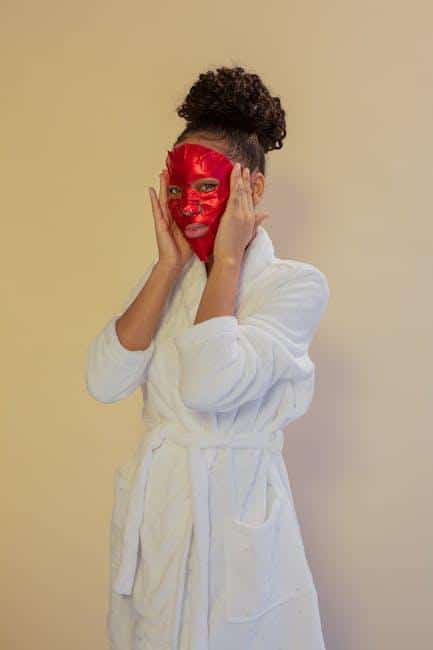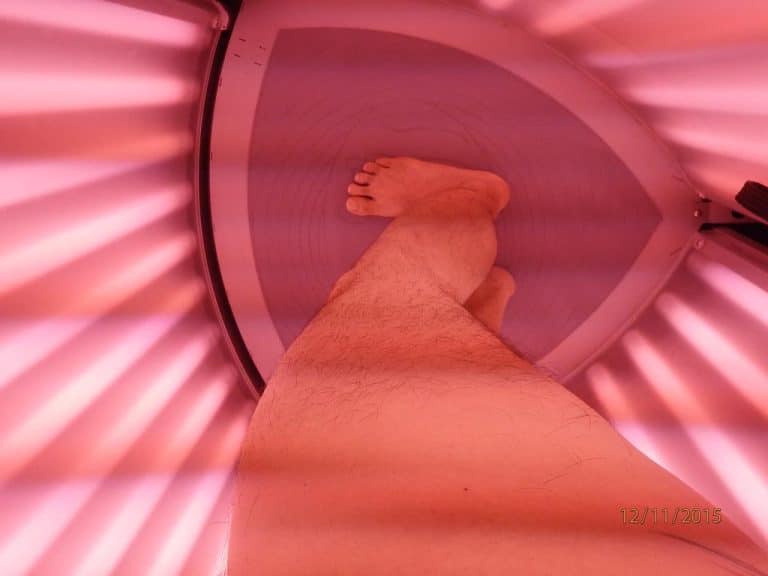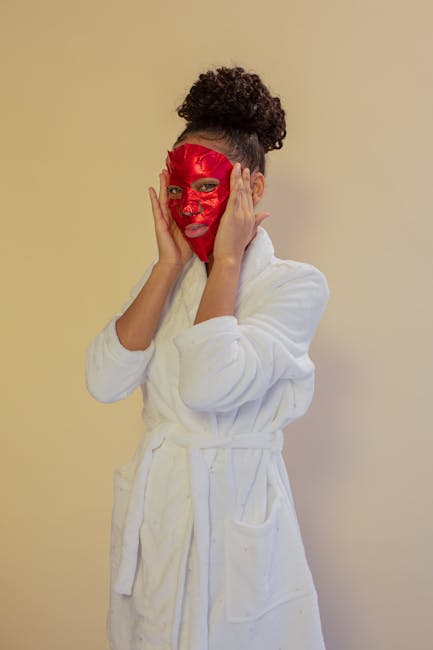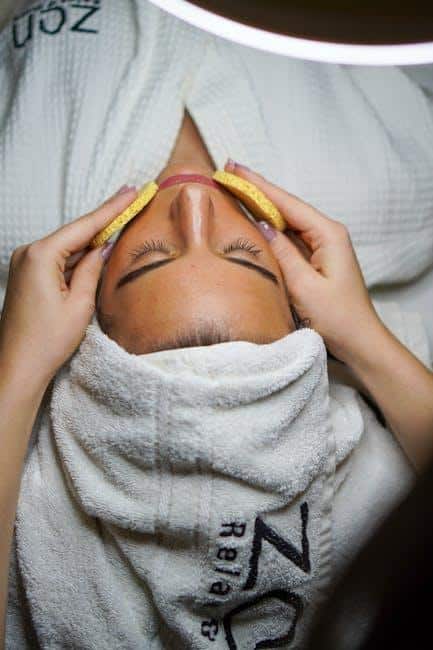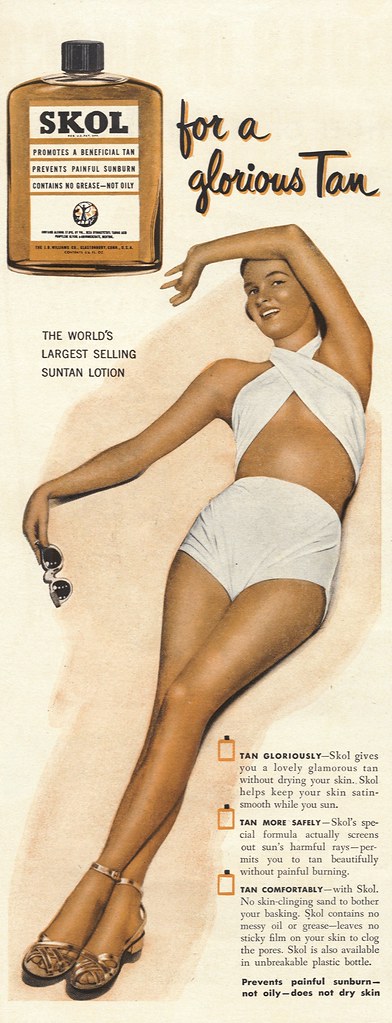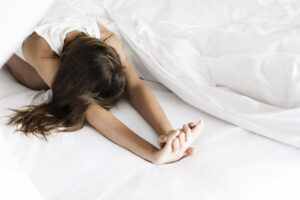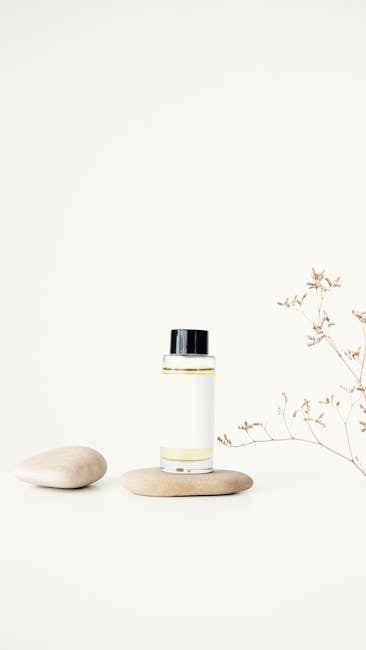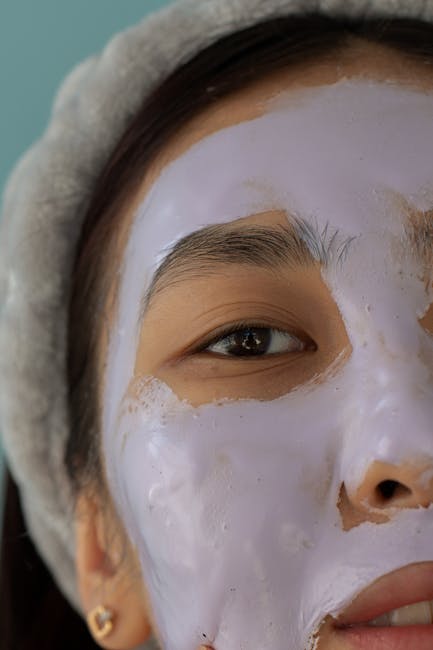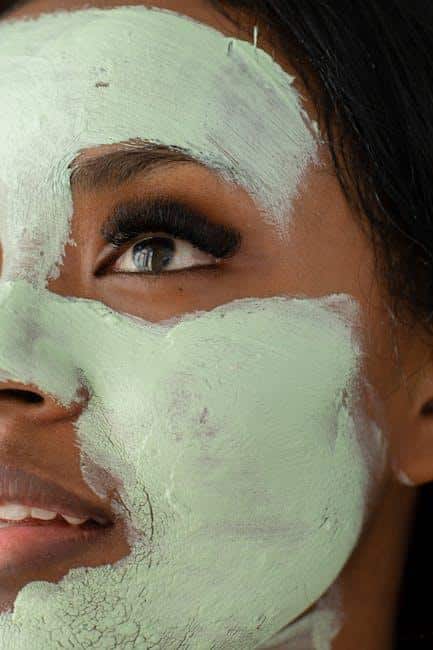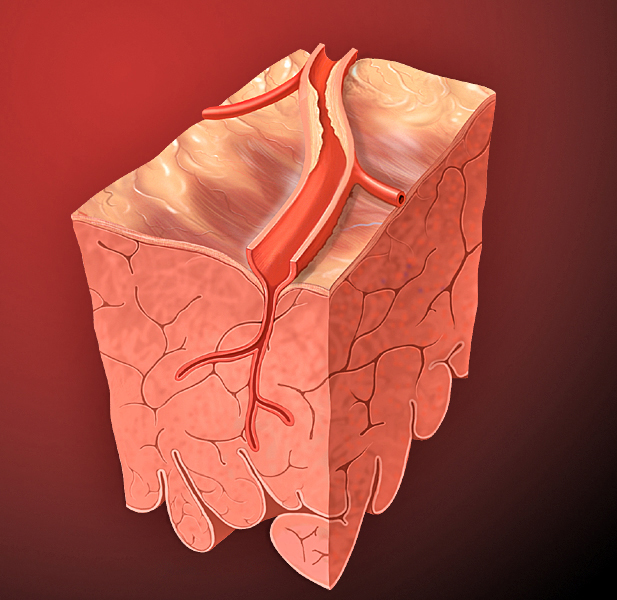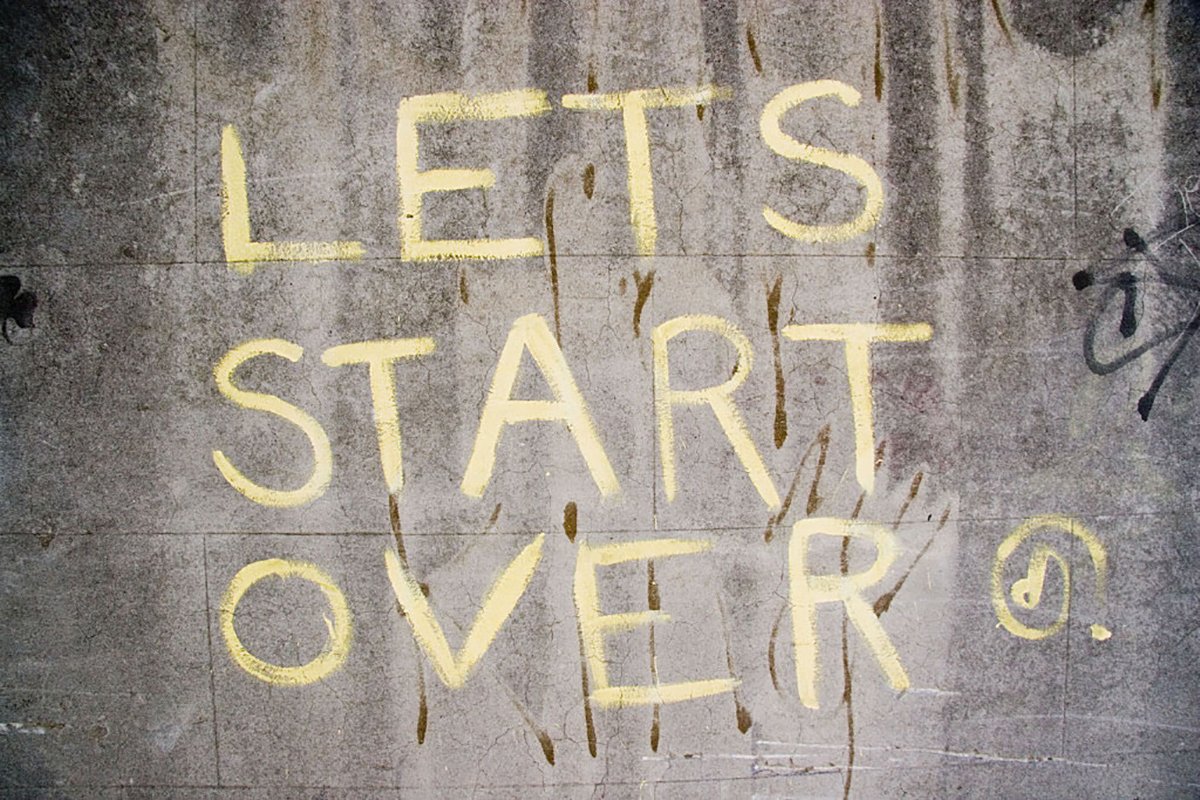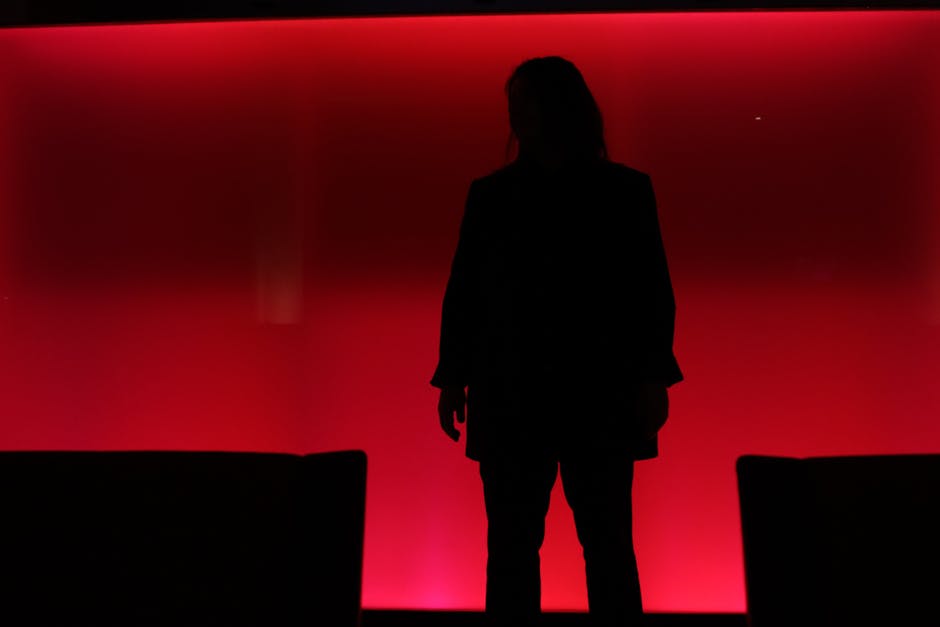Feeling as sore as a bear who just wrestled a pack of wolves? It’s time to shed some light on your fitness recovery with red light therapy! Say goodbye to achy muscles and hello to rejuvenated energy as we explore how this futuristic treatment is revolutionizing the way we bounce back from brutal workouts. So grab your shades and get ready to glow up your recovery game like never before!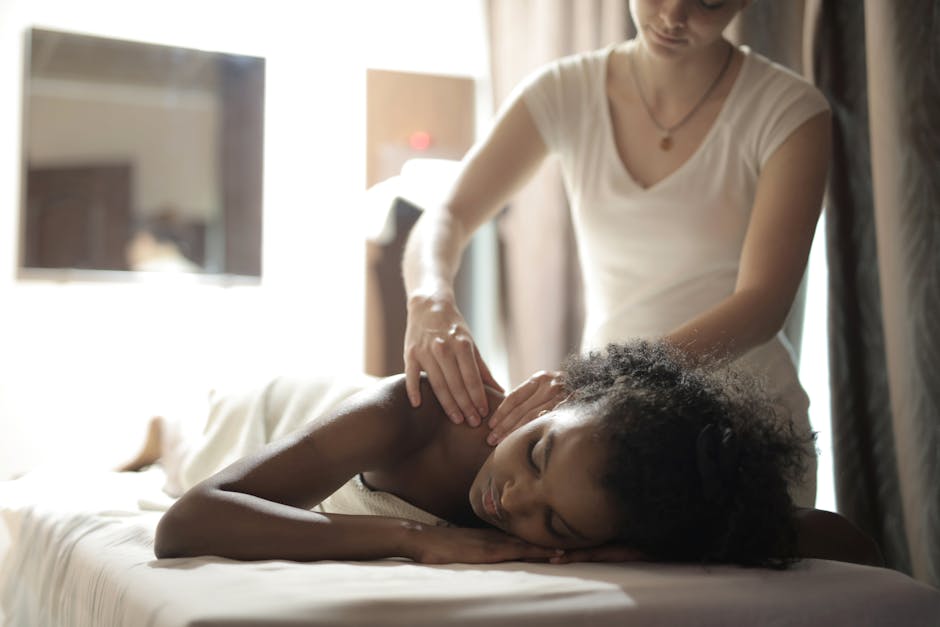
Key Benefits of Red Light Therapy for Fitness Recovery
Red light therapy is not just for superheroes with kryptonite allergies – it’s also a fantastic tool for fitness recovery. So, why should you consider incorporating this glowing goodness into your routine?
– **Faster muscle recovery:** Say goodbye to those days spent hobbling around after an intense workout. Red light therapy helps to reduce inflammation and promote cell regeneration, meaning you can get back to crushing those deadlifts in record time.
– **Improved circulation:** Like a traffic officer directing blood flow, red light therapy helps to increase circulation to your muscles, speeding up the delivery of nutrients and oxygen. It’s like upgrading from a dirt road to the Autobahn for your muscle recovery.
– **Pain relief:** Who needs a magic potion when you’ve got red light therapy on your side? This powerful treatment has been shown to help reduce pain and stiffness in muscles and joints, so you can hit the gym feeling like a million bucks (minus the hefty price tag).
So, next time you’re feeling sore and sorry for yourself post-workout, remember that red light therapy is here to save the day. With its superhero powers of faster recovery, improved circulation, and pain relief, you’ll be back in the game quicker than you can say ”Avengers, assemble!”.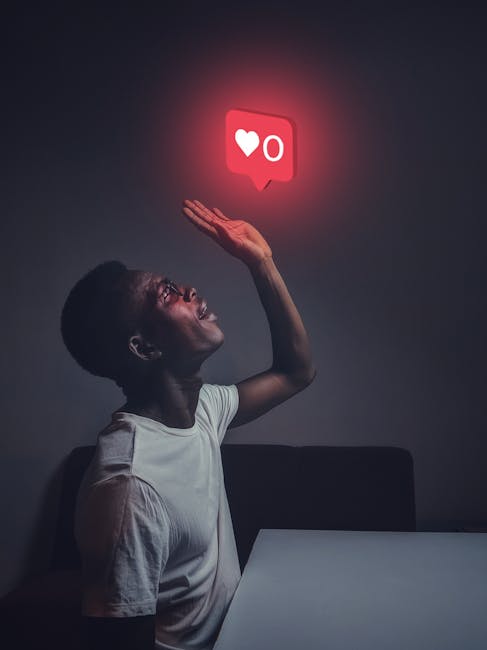
Understanding the Science Behind Red Light Therapy
Red light therapy may sound like something out of a science fiction movie, but it’s actually a real thing, folks! Let’s break it down for you in a way that even your grandma could understand:
**So what exactly is red light therapy?** Think of it as a spa day for your cells. You know how plants use sunlight to photosynthesize and grow? Well, red light therapy works in a similar way for human cells. The red light stimulates the mitochondria (the powerhouse of the cell) to produce more ATP, which is like energy food for your cells. Basically, it’s like giving your cells a little boost to help them do their job better.
**But how does it actually work?** The red light penetrates your skin and is absorbed by the cells, where it gets to work at a cellular level. It helps to reduce inflammation, promote collagen production, and increase circulation. It’s like sending in a SWAT team to clean up any messes and get things running smoothly again.
**What are the benefits?** Red light therapy can help with a whole host of things, from reducing wrinkles and improving skin tone to relieving pain and inflammation. It’s like a magic wand for your body, helping it to heal and rejuvenate itself from the inside out. Plus, it’s non-invasive and totally safe, so you can sit back, relax, and let the red light work its magic.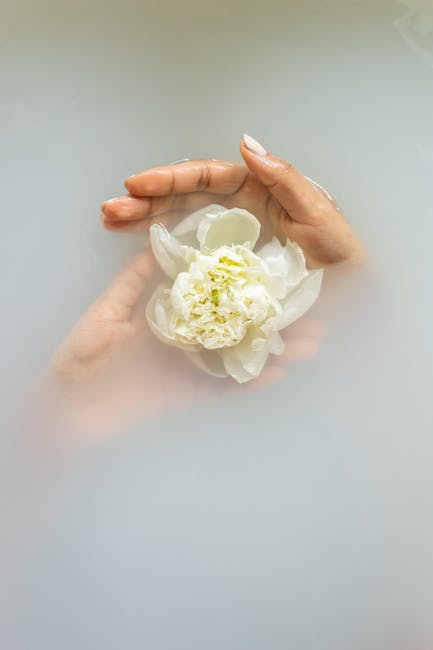
How Red Light Therapy Can Speed Up Muscle Recovery
Have you ever wished there was a way to fast track your muscle recovery so you can get back to crushing your workouts sooner? Well, look no further because red light therapy is here to save the day! By harnessing the power of red and near-infrared light, this innovative treatment can help speed up your body’s natural healing process, meaning less time spent on the sidelines and more time spent pumping iron.
So how exactly does red light therapy work its magic? It all comes down to mitochondria, the powerhouse of our cells. When exposed to red and near-infrared light, mitochondria become more efficient at producing energy, which in turn accelerates the repair and regeneration of muscle tissue. Think of it as giving your cells a much-needed energy boost to kickstart the healing process.
But wait, there’s more! Red light therapy doesn’t just benefit your muscles – it can also reduce inflammation and improve circulation, helping to relieve pain and stiffness post-workout. Plus, it’s completely non-invasive and free of any harmful side effects, so you can rest easy knowing you’re giving your body the TLC it deserves. Say goodbye to achy muscles and hello to faster recovery times with the power of red light therapy!
performance-with-red-light-therapy”>Maximizing Performance with Red Light Therapy
Are you tired of feeling sluggish and worn out all the time? It’s time to kick things up a notch and maximize your performance with the power of red light therapy!
Red light therapy has been shown to stimulate energy production in cells, making you feel more alert and ready to take on the day. Say goodbye to those mid-afternoon crashes and hello to sustained energy levels!
With regular sessions under the red light, you can also improve your muscle recovery time. That means you’ll be able to hit the gym harder and bounce back quicker, leaving you feeling like a superhero in no time.
Don’t let fatigue and sore muscles hold you back any longer. Embrace the power of red light therapy and watch your performance soar to new heights!

Implementing Red Light Therapy into Your Fitness Routine
So, you’re looking to take your fitness routine to the next level with the power of red light therapy, huh? Well, buckle up, because things are about to get lit (literally).
First things first, you’ll need to get your hands on a red light therapy device. Don’t worry, they’re not as expensive as you might think. Just do a quick Google search and you’ll be flashing red in no time!
Now, when it comes to incorporating red light therapy into your workouts, the possibilities are endless. From pre-workout warm-ups to post-workout muscle recovery, this magical red light can do it all. Just imagine basking in the glow of your red light therapy device while you bust out those burpees – talk about #goals!
And let’s not forget about the beauty benefits of red light therapy. It’s like a mini spa day for your skin! Say goodbye to post-workout breakouts and hello to that radiant glow you’ve always dreamed of. Who knew working out could be so glamorous?
The Future of Fitness Recovery: Red Light Therapy Innovations
Red light therapy is the hottest trend in fitness recovery right now, and it’s not just because celebrities like Kim Kardashian swear by it. Thanks to some innovative advancements in the technology, the future of red light therapy is looking brighter (pun intended) than ever before.
One of the most exciting developments is the introduction of portable red light therapy devices. Now you can bring the healing power of red light wherever you go, whether you’re pumping iron at the gym or lounging by the pool. Plus, these devices are so compact and convenient that you’ll never have to sacrifice your recovery routine on the road again.
Another game-changing innovation in red light therapy is the incorporation of smart technology. Imagine a device that not only emits healing red light but also tracks your progress, adjusts the intensity based on your needs, and even syncs up with your fitness tracker. It’s like having a personal trainer and therapist all in one, except this one won’t judge you for eating that extra slice of pizza.
And let’s not forget about the advancements in design. No longer are red light therapy devices bulky eyesores that clash with your chic workout gear. Now, you can find sleek, stylish options that seamlessly blend into your home decor. Who knew that healing your sore muscles could look so good? With all these exciting innovations on the horizon, the future of fitness recovery is looking brighter than ever. So say goodbye to traditional ice baths and foam rollers, and embrace the red light revolution.
FAQs
Why should I consider red light therapy for my fitness recovery?
Because who doesn’t want to feel like a superhero after a tough workout? Red light therapy can help speed up muscle recovery, reduce inflammation, and improve overall performance.
Is red light therapy safe to use after working out?
Absolutely! It’s as safe as using sunscreen on a sunny day. Red light therapy is non-invasive and doesn’t produce any harmful UV rays, so you can bask in its healing glow without any worries.
How does red light therapy actually work to improve fitness recovery?
Think of red light therapy as your body’s personal cheerleader. The red light stimulates the mitochondria in your cells, kickstarting the production of more energy and accelerating the healing process. It’s like giving your muscles a pep talk to work harder and recover faster.
Can red light therapy help with muscle soreness?
Absolutely! Red light therapy is like a soothing massage for your tired muscles. It can help reduce muscle soreness, stiffness, and inflammation, so you can bounce back from your workouts feeling refreshed and ready to tackle your next challenge.
How often should I use red light therapy for optimal fitness recovery benefits?
As often as you’d binge-watch your favorite TV show – but with much better results! For most people, using red light therapy a few times a week can help maximize its benefits and keep your fitness recovery on track.
Can red light therapy help with injury recovery as well?
Absolutely! Red light therapy is like a magical healing potion for your body. It can help speed up the recovery process for injuries, reduce swelling and inflammation, and get you back on your feet (or in your running shoes) in no time.
—
Time to Shine Brighter and Recover Faster!
Congratulations on taking the first step towards revitalizing your fitness recovery with red light therapy! Say goodbye to sore muscles and sluggish performance - with the power of red light, you’ll be bouncing back faster than ever before.
So go ahead, bask in the glow of improved circulation, reduced inflammation, and enhanced cell regeneration. It’s time to shine brighter, recover faster, and conquer your fitness goals like never before!
Remember, when life gives you sore muscles, just shine some red light on them!

